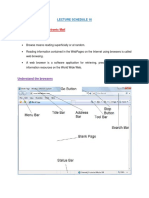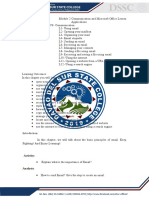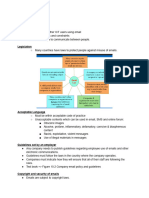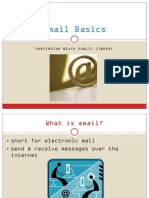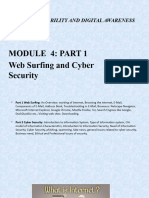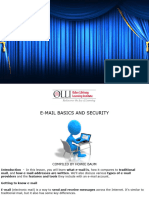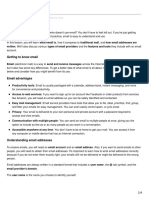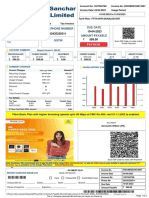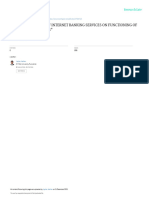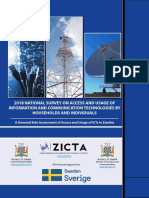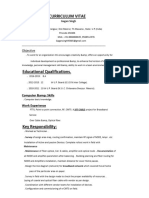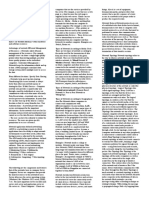0% found this document useful (0 votes)
55 views58 pagesClass 7 Internet
The document provides an overview of internet basics, including its history, advantages, and disadvantages, as well as safe internet usage practices. It covers essential tools like email and Google Drive, explaining how to create and manage accounts, send emails, and share files. Additionally, it introduces e-commerce, online payment methods, blogging, and podcasting, highlighting their significance in today's digital world.
Uploaded by
technicalwomeniyaCopyright
© © All Rights Reserved
We take content rights seriously. If you suspect this is your content, claim it here.
Available Formats
Download as PPTX, PDF, TXT or read online on Scribd
0% found this document useful (0 votes)
55 views58 pagesClass 7 Internet
The document provides an overview of internet basics, including its history, advantages, and disadvantages, as well as safe internet usage practices. It covers essential tools like email and Google Drive, explaining how to create and manage accounts, send emails, and share files. Additionally, it introduces e-commerce, online payment methods, blogging, and podcasting, highlighting their significance in today's digital world.
Uploaded by
technicalwomeniyaCopyright
© © All Rights Reserved
We take content rights seriously. If you suspect this is your content, claim it here.
Available Formats
Download as PPTX, PDF, TXT or read online on Scribd
/ 58

















